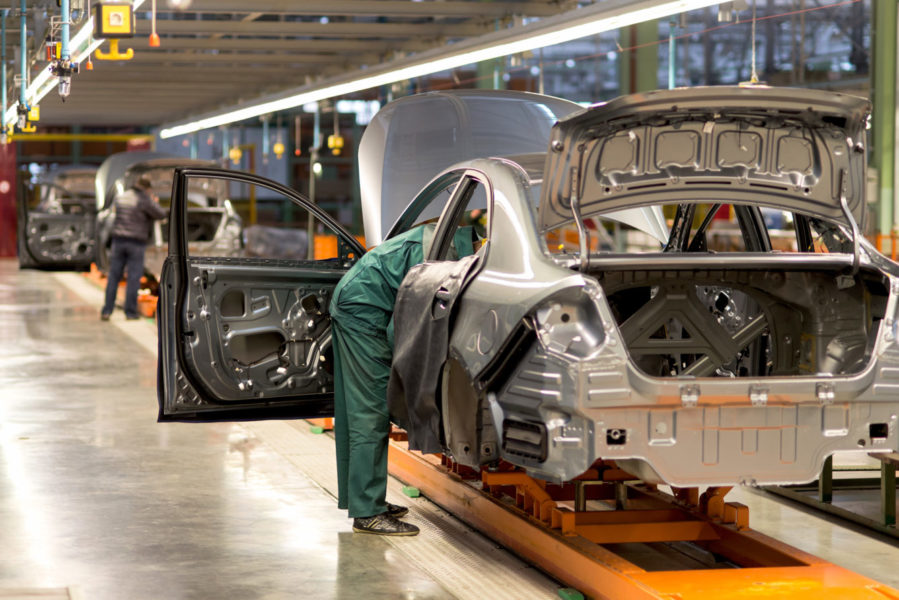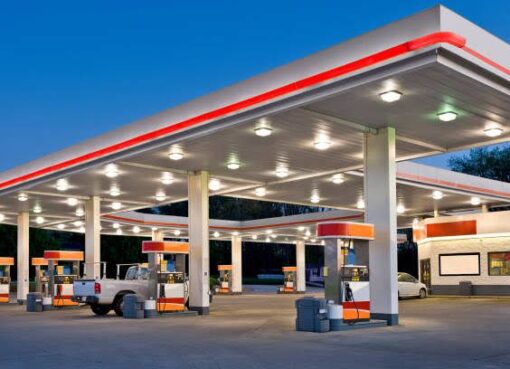Impact of 3D Printing on Automotive Manufacturing

In the realm of automotive manufacturing, few innovations have sparked as much excitement and potential as 3D printing. Also known as additive manufacturing, 3D printing has revolutionized traditional production methods by offering unparalleled flexibility, speed, and cost-effectiveness. This technology enables automakers to create complex designs, customize parts with ease, and significantly reduce lead times. As the automotive industry continues to evolve, 3D printing is poised to play a pivotal role in shaping its future.
The Evolution of 3D Printing in Automotive
The adoption of 3D printing in automotive manufacturing began with rapid prototyping and concept modeling. Initially used to create scale models and visual aids for design validation, the technology quickly expanded to functional prototyping of automotive parts. This evolution allowed engineers to test components for fit, form, and function before committing to expensive tooling processes.
Today, 3D printing is employed across various stages of automotive production, from prototyping to end-use part production. Automakers leverage the technology to manufacture components that are lighter, stronger, and more intricate than those made using traditional methods. Complex geometries that were once impractical or impossible to produce are now achievable with 3D printing, offering designers unprecedented creative freedom.
Advantages of 3D Printing in Automotive Manufacturing
One of the primary advantages of 3D printing in automotive manufacturing is its ability to reduce lead times significantly. Traditional manufacturing processes often involve lengthy tooling and machining processes, whereas 3D printing allows for on-demand production. This agility is particularly beneficial for automakers responding to rapidly changing consumer demands and market trends.
Moreover, 3D printing facilitates the production of lightweight components, which is crucial for enhancing fuel efficiency and overall vehicle performance. By optimizing part design and material usage, automakers can achieve substantial weight savings without compromising on strength or durability. This is especially important in the development of electric vehicles (EVs), where reducing weight directly correlates with extending driving range.
Cost-effectiveness is another compelling factor driving the adoption of 3D printing in automotive manufacturing. While initial investments in 3D printing equipment and materials may be significant, the technology offers long-term savings by eliminating the need for expensive tooling and reducing material waste. Furthermore, consolidating multiple parts into a single 3D-printed component can simplify assembly processes and lower overall production costs.
Applications of 3D Printing in Automotive
The versatility of 3D printing enables its application across a wide range of automotive components. Engine parts, such as intake manifolds and turbine blades, benefit from the design flexibility and heat resistance offered by 3D-printed materials like metal alloys and high-performance polymers. Interior components, such as dashboard panels and trim pieces, can be customized to meet aesthetic and functional requirements without the constraints of traditional manufacturing methods.
In addition to enhancing vehicle performance and aesthetics, 3D printing supports the development of advanced safety features. Crash test dummies and prototypes of safety components, such as airbags and seatbelt buckles, can be rapidly produced and tested to ensure compliance with rigorous safety standards.
The aftermarket segment of the automotive industry also stands to benefit from 3D printing. Classic car enthusiasts, for example, can reproduce rare or discontinued parts that are no longer available through conventional suppliers. This democratization of part production empowers enthusiasts and restoration professionals to preserve automotive heritage while maintaining the integrity of vintage vehicles.
Challenges and Considerations
Despite its transformative potential, 3D printing in automotive manufacturing is not without challenges. Scaling production to meet high-volume demands remains a hurdle, as current 3D printing technologies may struggle to match the throughput of traditional manufacturing processes. Additionally, ensuring consistent quality and repeatability across 3D-printed parts requires stringent process control and material testing protocols.
Material selection is another critical consideration in 3D printing. While advancements in additive manufacturing have expanded the range of materials available, achieving the desired mechanical properties, surface finish, and durability can vary depending on the chosen material and printing technique. Collaborative research efforts between automakers, material suppliers, and technology providers are essential to advancing the capabilities of 3D printing in automotive applications.
Furthermore, regulatory compliance and certification present challenges for 3D-printed automotive components, particularly in safety-critical systems. Establishing standards and validation protocols that ensure the reliability and performance of 3D-printed parts is crucial for gaining regulatory approval and maintaining consumer confidence.
Future Outlook
Looking ahead, the future of 3D printing in automotive manufacturing appears promising. Continued advancements in technology, coupled with ongoing research and development initiatives, are expected to further enhance the capabilities and cost-effectiveness of additive manufacturing. As automakers increasingly embrace digitalization and Industry 4.0 principles, 3D printing will play a pivotal role in enabling agile and sustainable manufacturing practices.
Moreover, the integration of artificial intelligence (AI) and machine learning algorithms holds the potential to optimize design workflows and material utilization in 3D printing. Predictive analytics and digital twin simulations will enable engineers to predict and mitigate production challenges, thereby accelerating innovation and time-to-market for new vehicle models.
In conclusion, 3D printing represents a transformative force in automotive manufacturing, offering automakers unparalleled design freedom, production flexibility, and cost efficiencies. While challenges remain, the ongoing evolution of additive manufacturing technology is paving the way for a new era of automotive innovation and sustainability.
